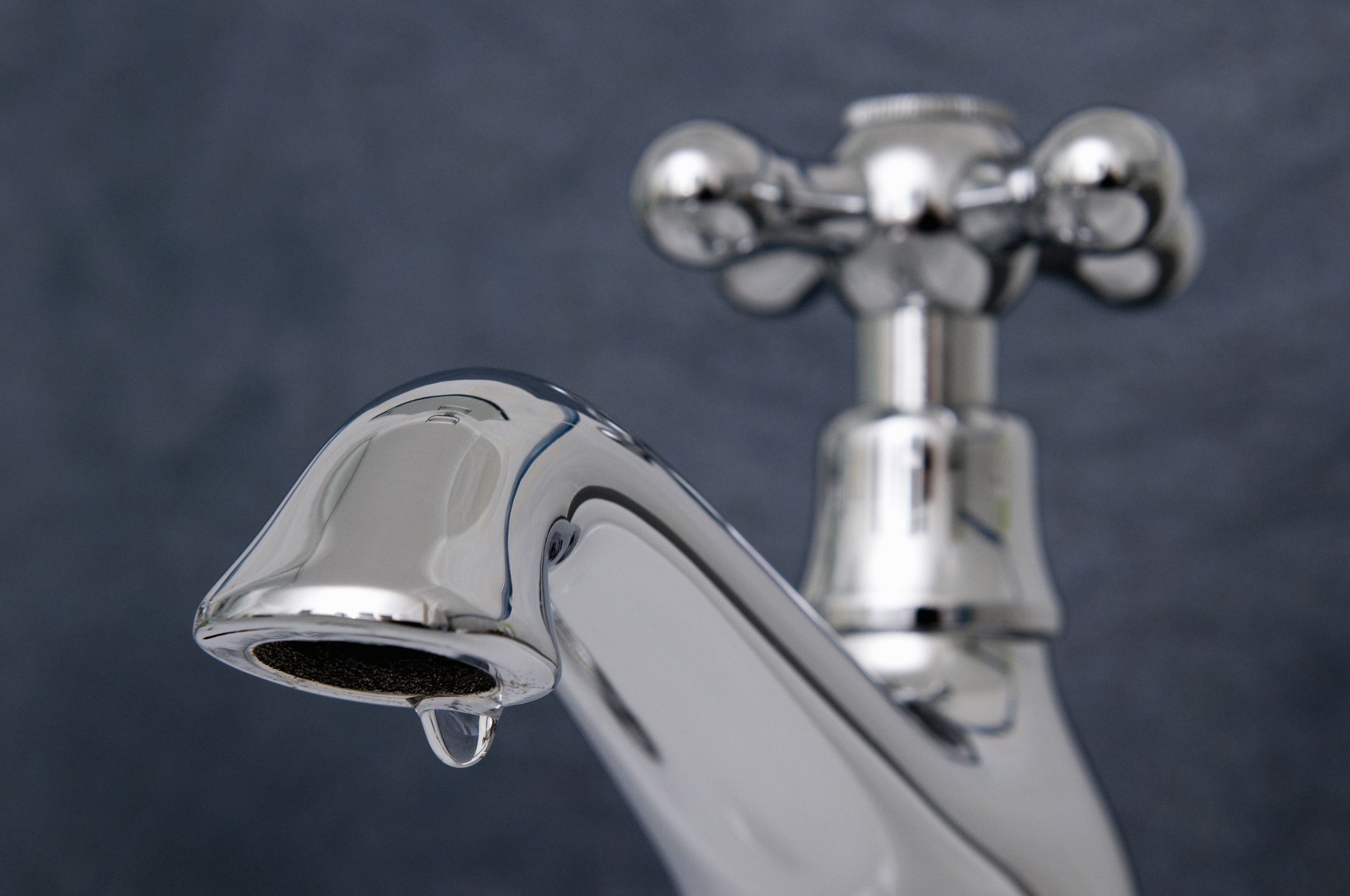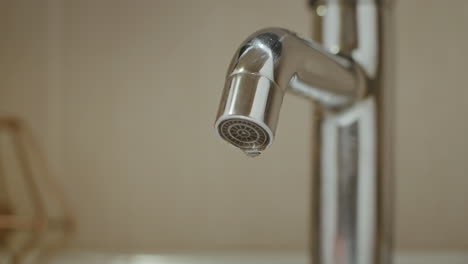Outcomes of a Dripping Faucet
Outcomes of a Dripping Faucet
Blog Article
Presented here in the next paragraphs yow will discover some high-quality insight pertaining to Potential Health Risks Associated With Leaky Faucets.

Intro
A dripping faucet might look like a small inconvenience, yet its consequences expand far beyond the periodic drip. Understanding the impacts of a dripping faucet is vital for both homeowners and the atmosphere. In this write-up, we'll explore the various effects of this usual house issue and why addressing it quickly is crucial.
Causes of Leaky Faucets
Leaky faucets can result from a variety of elements, including deterioration, high water stress, and deterioration. With time, the consistent use faucets can result in worn-out seals and gaskets, causing leakages to develop. Furthermore, excessive water pressure can place stress on plumbing fixtures, leading to leakages. Deterioration and rust can also compromise tap parts, making them prone to leak.
Water Waste
One of one of the most considerable effects of a dripping faucet is water waste. Even a tiny drip can amount to gallons of wasted water over time. This not only drives up water bills yet additionally adds to water deficiency and environmental deterioration. Dealing with dripping taps without delay is important for preserving this priceless resource and minimizing its influence on the planet.
Financial Influence
In addition to drainage, leaky taps can additionally have a significant financial influence. Boosted water bills are a direct consequence of water wastage, setting you back home owners numerous bucks each year. Furthermore, the price of fixing water damage brought on by leaks can be considerable, specifically if left neglected for an extended period.
Environmental Effect
The ecological influence of leaky faucets extends past water wastage. By saving water, house owners can contribute to wider initiatives to reduce water deficiency and shield natural communities. Sustainable options such as rainwater harvesting and water-efficient fixtures can further reduce the ecological impact of household water usage.
Technical Solutions
Developments in innovation have led to the advancement of wise faucets and water-saving devices that aid minimize water waste. Smart faucets make use of sensors to identify motion and readjust water flow accordingly, lowering waste without compromising comfort. Water-saving tools such as aerators and low-flow showerheads are also efficient in preserving water without jeopardizing efficiency.
Worldwide Perspectives
While leaky taps might appear like a localized issue, they add to more comprehensive international obstacles such as water shortage and climate change. In areas currently dealing with water tension, every drop counts, making leakage avoidance and repair work vital. By adopting water-saving methods and investing in lasting innovations, homeowners can play their component in dealing with these pushing worldwide issues.
Regulative Measures
Federal government regulations play a vital role in alleviating the impact of leaking taps and promoting water conservation. From constructing codes that require water-efficient components to water-saving motivations and rebates, policymakers have a variety of devices at their disposal. By applying and enforcing these policies, federal governments can make certain that homeowners prioritize water conservation in their lives.
Community Effect
Dealing with leaking faucets calls for cumulative initiatives at the neighborhood level. By raising awareness about the importance of water preservation and supplying sources for leak detection and fixing, neighborhood authorities can equip homeowners to take action. Campaigns such as water-saving refund programs and leakage discovery projects can incentivize behavior adjustment and promote responsible water use.
Case Researches
Real-life examples of the effect of leaky taps underscore the relevance of proactive upkeep and timely repair services. From water damage to escalating water costs, the consequences of disregarding leakages can be severe. By sharing these case studies, house owners can much better understand the relevance of resolving leaky faucets quickly.
Educational Campaigns
Educational projects play a crucial role in raising understanding regarding the impacts of leaking taps and advertising water preservation methods. With workshops, workshops, and online sources, home owners can find out just how to identify and fix leakages themselves. By equipping individuals with knowledge and devices, instructional campaigns can foster a society of liable water usage within communities.
Health Worries
Leaky taps can create helpful settings for mold and mildew and mildew growth, posing health dangers to owners. The presence of mold and mildew can exacerbate respiratory problems and allergic reactions, especially in at risk people. Additionally, water damages resulting from leakages can compromise the architectural honesty of buildings and bring about costly repairs.
DIY vs. Specialist Repair
When faced with a leaky faucet, house owners commonly discuss whether to attempt repair services themselves or hire an expert plumber. While do it yourself repair work can save money, they might not constantly attend to the underlying issue effectively. Professional plumbings have the competence and devices to diagnose and fix leakages appropriately, making certain long-lasting services and assurance for homeowners.
Safety nets
Stopping leaky taps needs regular upkeep and proactive actions. Easy jobs such as changing worn-out washing machines and seals can avoid leakages from developing. In addition, upgrading to high-grade fixtures and minimizing water pressure can assist lengthen the lifespan of taps and decrease the risk of leaks.
Verdict
In conclusion, the effects of a leaking tap expand far beyond the occasional drip. From water wastage and enhanced water expenses to health and wellness problems and ecological influence, the consequences of ignoring leaks can be significant. By dealing with leaky faucets promptly and adopting water-saving practices, homeowners can mitigate these effects and add to an extra sustainable future.
Why You Shouldn’t Ignore a Leaky Faucet in Your Home
What Causes a Leaky Faucet?
Various factors can cause a leak, from loose and worn-out parts to corrosion. Your faucet has four essential components from which most plumbing issues will stem: the O-ring, the valve seat, the washer and the gasket.
What Is an O-Ring?
The O-ring is a stem screw that fastens parts of the faucet in place, preventing water from leaking out of the spout. Depending on your faucet type, the stem might have multiple O-rings. Water will drip from the faucet’s handles and base if this part breaks or deteriorates.
What Is a Valve Seat?
The valve seat controls the flow and temperature of the water. Found at the base of the handle, it works as a seal for the faucet’s stem. The valve seat ensures the water is allowed to flow or is blocked as the handles dictate. You’ll know it’s malfunctioning when water leaks from your faucet’s sides.
What Is a Gasket?
The gasket is found between the water inlet and the valve stem. It creates a seal between the faucet and the sink, holding its joints by aerators attached to the stem’s head. Water will trickle out from the base if the gasket isn’t working.
What Is a Washer?
The washer secures the handles and prevents leakage, serving a similar purpose to the O-ring. While the O-ring is ordinarily round and made from an elastic material, such as rubber, the washer is square-shaped and composed of brass, copper and other hard metals. If it malfunctions, corrodes or has been improperly installed, water will leak out of the handles, causing that incessant faucet drip.
Why Is a Leaky Faucet Dangerous?
A leaky faucet left alone for too long can have significant consequences.
Pest Infestations
Since bugs and rodents gravitate towards the scent of water, a leaky faucet will draw pests to your sink. Both are looking for leaks accessible through crawl spaces, which a faucet provides. If you leave water dripping for too long, you run the risk of an infestation.
Rust
If one of the faucet parts has started to corrode, the resulting rust can spread to your pipes and valves with startling speed. The rust might even lead to cracks or other impairments, resulting in more severe plumbing issues.
Your sink could also sustain damage from a leaky faucet. The water in your tap possesses sparse elements of calcium and iron that can stain your sink with repeated and prolonged exposure. Once those elements in the water have been open to the air for some time, your sink will start to rust, creating marks that can be difficult to remove.
https://www.tomsmechanical.com/blog/why-you-shouldnt-ignore-a-leaky-faucet-in-your-home

We had been made aware of that article on Causes and Consequences of a Leaky Faucet from a pal on another web address. Liked our blog entry? Please quickly share it. Let someone else check it out. Thank-you for going through it.
Report this page